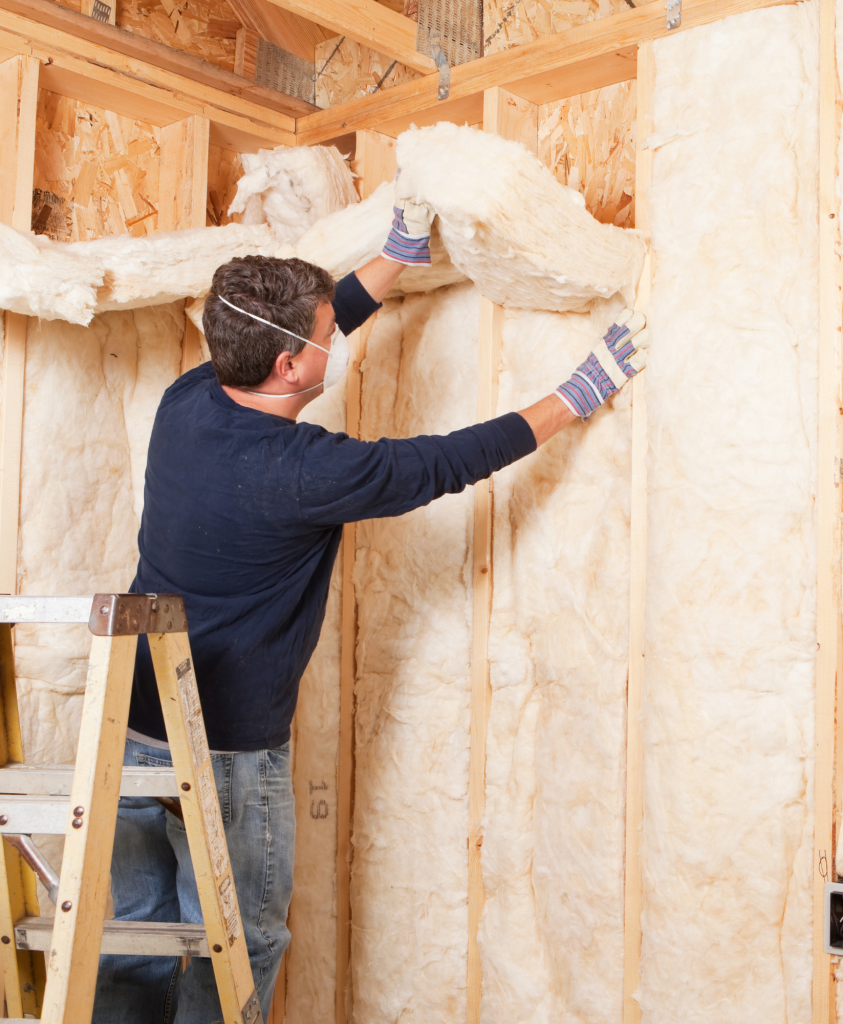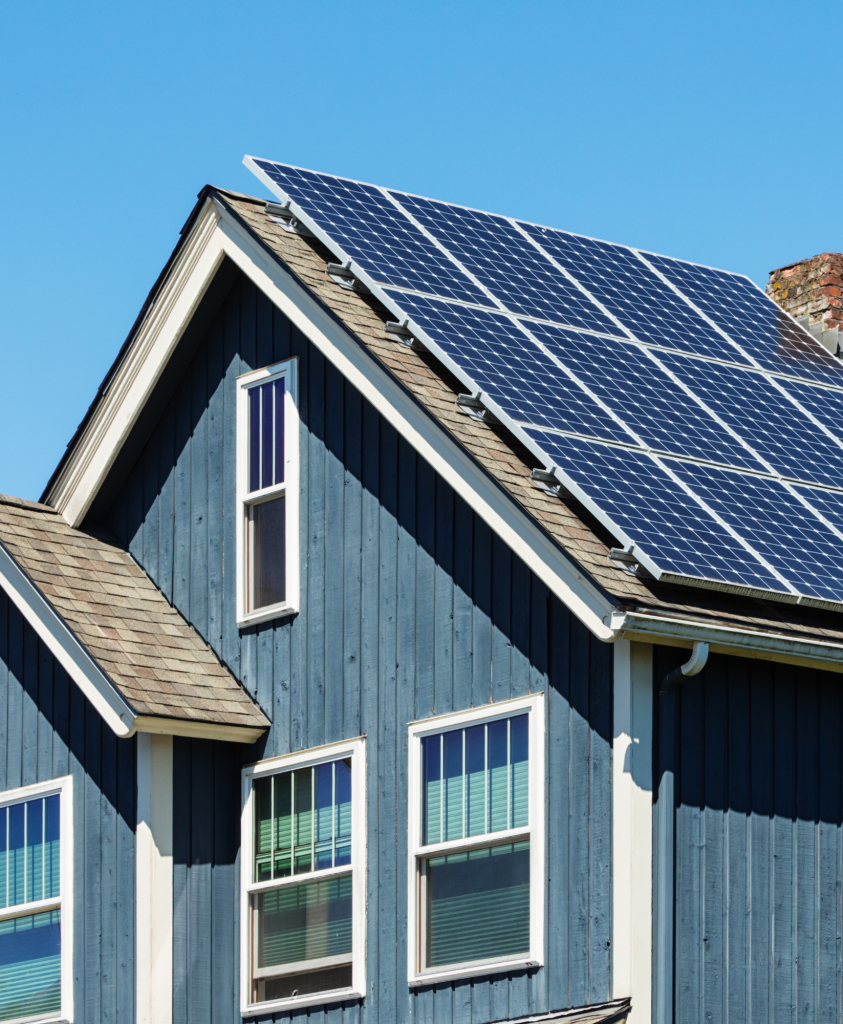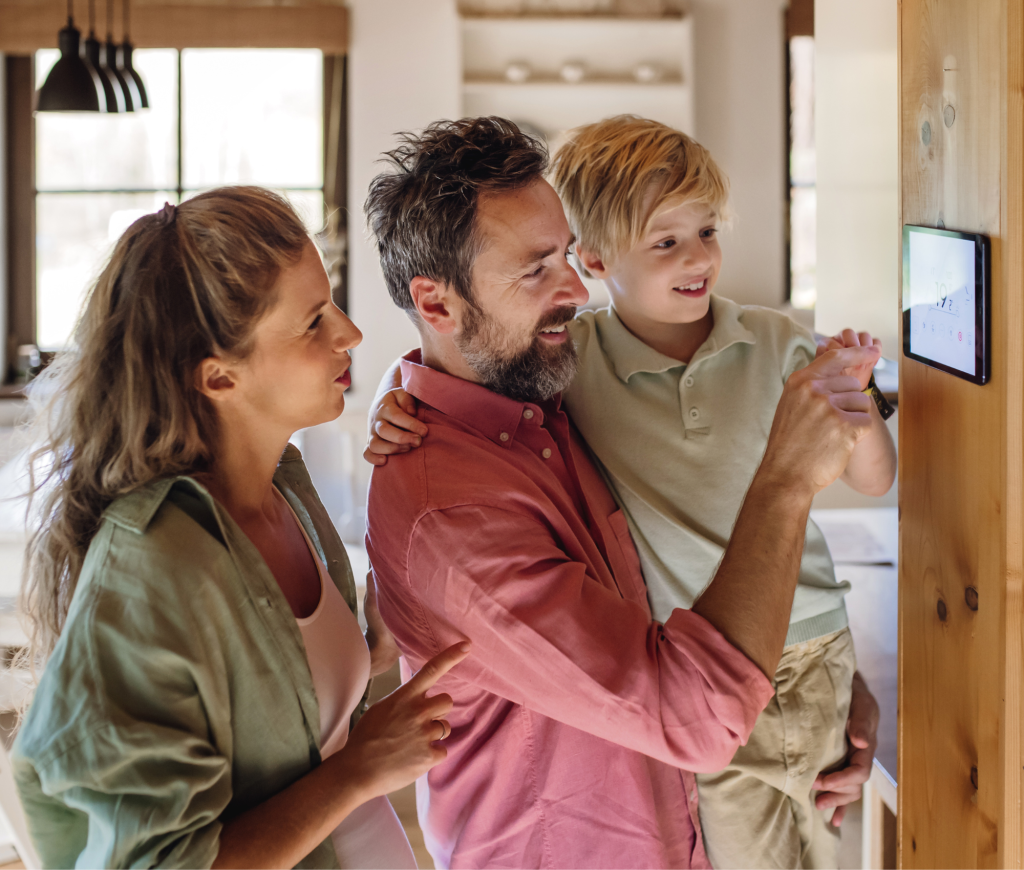
Green Dreams: Eco-Friendly Home Upgrades That Can Save You Money
In today’s world, making your home more eco-friendly is not just about being environmentally conscious; it’s also about making smart financial choices. Fortunately, many sustainable upgrades not only reduce your carbon footprint but also save you money in the long run. Here are some effective ways to make your home more energy-efficient and cost-effective.
Improve Your Home’s Insulation
One of the most crucial yet often overlooked aspects of an energy-efficient home is proper insulation. Insulation acts like a thermal blanket, keeping your home warm in the winter and cool in the summer. Without adequate insulation, your heating and cooling systems have to work harder to maintain a comfortable indoor temperature, leading to higher energy bills.
Start by assessing the insulation in your attic, where most heat loss occurs. If your home feels drafty or struggles to maintain a stable temperature, upgrading the insulation in your walls, floors, and garage door might be necessary.
Financial Insight: While upgrading insulation can involve upfront costs, the reduction in energy bills over time makes it a worthwhile investment. Additionally, many utility companies and local governments offer rebates or incentives for insulation improvements, helping to offset the initial expense.

Install a Smart Thermostat
Upgrading to a smart thermostat is a simple yet impactful way to enhance your home’s energy efficiency. These devices automatically adjust the temperature based on your daily schedule, ensuring that your heating and cooling systems operate only when needed. By learning your routine, a smart thermostat optimizes energy use, reducing waste and lowering your energy bills.
Many smart thermostats also come with remote control capabilities via smartphone apps, giving you the flexibility to adjust your home’s temperature from anywhere, preventing unnecessary energy consumption.
Financial Insight: Smart thermostats often qualify for utility company rebates, making them an affordable investment. The energy savings realized over time can quickly offset the initial cost, offering both environmental and financial benefits.
Upgrade to Low-Flow Water Fixtures
Water conservation is another crucial aspect of an eco-friendly home. Installing low-flow fixtures, such as showerheads, faucets, and toilets, can significantly reduce your water usage without compromising performance. These fixtures maintain adequate water pressure while using less water, resulting in lower water bills and a reduced environmental impact.
For instance, a low-flow showerhead can cut water usage from the typical 5 gallons per minute to about 2 gallons per minute. Over time, this reduction can lead to substantial savings, especially in households with high water consumption.
Financial Insight: Many municipalities offer incentives or rebates for installing water-efficient fixtures, making it easier to justify the initial cost. Additionally, the long-term savings on your water bill can be substantial.

Consider Installing Solar Panels
Solar energy is one of the most effective ways to reduce your home’s reliance on traditional power sources. By installing solar panels, you can generate your own electricity, potentially lowering or even eliminating your electricity bills. In some cases, you may produce excess energy that can be sold back to the grid, providing an additional source of income.
Although the initial investment in solar panels can be high, the long-term benefits are significant. Solar panels can increase your home’s value and offer protection against future energy price increases.
Financial Insight: Federal tax credits, state incentives, and various financing options can make solar panels more affordable. Over time, the reduction in electricity costs can lead to significant savings, making this a smart investment for both your wallet and the environment.
Replace Old Windows with Energy-Efficient Ones
If your home has older windows, particularly single-pane ones, you might be losing significant amounts of energy. Drafty windows let in cold air during the winter and heat during the summer, forcing your HVAC system to work overtime.
Upgrading to energy-efficient windows can greatly reduce this energy loss. These windows are designed to keep your home’s temperature stable, reducing the need for heating and cooling. As an added bonus, energy-efficient windows can also minimize outside noise, which is ideal if you live in a busy area.
Financial Insight: While energy-efficient windows can be an investment, they can reduce your energy bills by up to 15%. Plus, like other eco-friendly upgrades, they may qualify for rebates or tax credits, making them a more affordable option.
Implement Energy-Efficient Landscaping
Landscaping isn’t just about enhancing your home’s curb appeal; it can also play a significant role in reducing your energy consumption. Strategically placed trees and shrubs can provide shade during the summer, reducing the amount of heat that enters your home, while allowing sunlight to warm your home in the winter. This natural method of temperature regulation reduces the need for heating and cooling systems.
In addition to shading, consider planting drought-resistant plants, which require less water and maintenance. These plants are environmentally friendly and can help lower your water bills. Installing a rainwater harvesting system can further enhance the sustainability of your landscaping by providing a free, natural source of irrigation.
Financial Insight: While the initial cost of energy-efficient landscaping might be higher, the long-term savings on energy and water bills can make it a worthwhile investment. Moreover, well-designed landscaping can increase your property’s value, adding to the overall benefit.
Use Smart Power Strips
Many electronic devices continue to draw power even when turned off—a phenomenon known as “phantom load” or “vampire power.” Smart power strips help combat this by cutting off power to devices that are in standby mode, ensuring that no energy is wasted.
These power strips are easy to install and can be programmed to turn off devices at specific times or when they’re not in use. By reducing phantom loads, smart power strips can lower your electricity bill and reduce your home’s overall energy consumption.
Financial Insight: Smart power strips are relatively inexpensive and can pay for themselves through savings on your electricity bill. This simple upgrade is an easy and affordable way to make your home more energy-efficient.

Final Thoughts
Eco-friendly home upgrades offer a multitude of benefits beyond immediate cost savings. These investments contribute to a healthier environment, improve the comfort and efficiency of your home, and often increase property value. Although some upgrades may involve a higher upfront cost, the long-term financial savings and environmental benefits typically make these changes a smart investment. By thoughtfully integrating sustainable technologies and practices into your home, you can enjoy a more comfortable, cost-effective, and environmentally responsible living space.
Ready to buy a home? Our team of Mortgage Experts can help!
